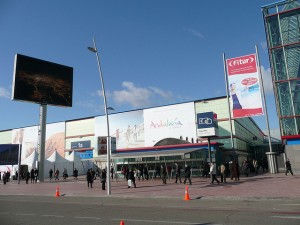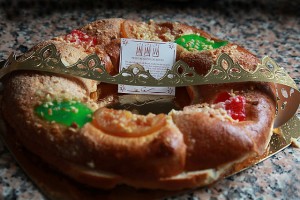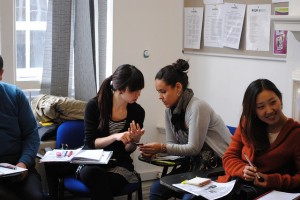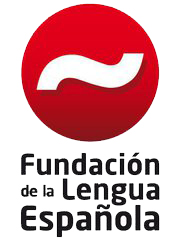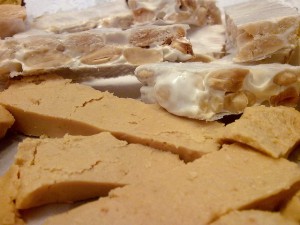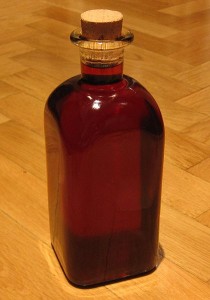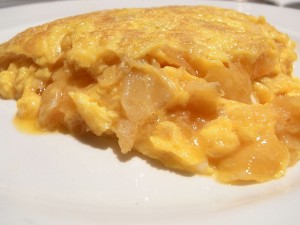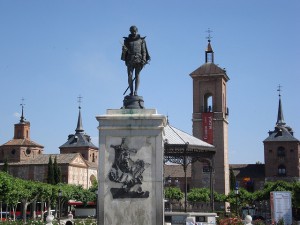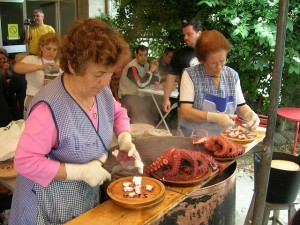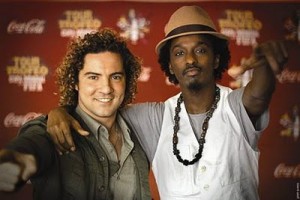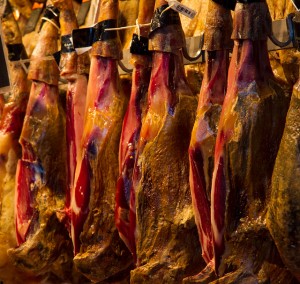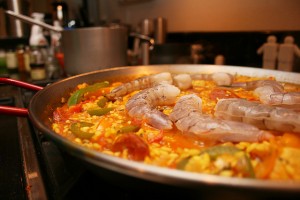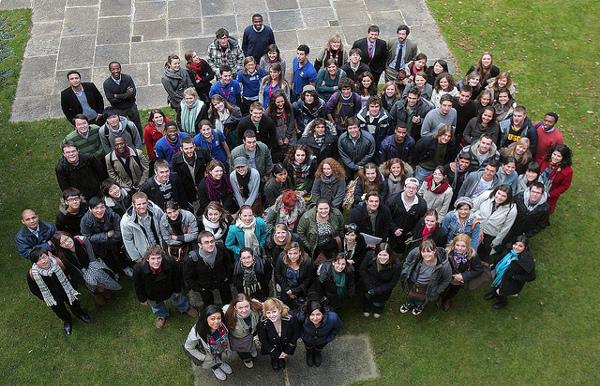Next 18th of January the 32nd edition of the Feria Internacional de Turismo (FITUR) will start, one of the most important on international level and the main one in Spain. The meeting of specialised professionals and companies focusing on idiomatic tourism helps to define the lines of work and the strategies with the objective to innovate and reinforce the tourism activity and adapt to the market changes.
The fair is celebrated between the 18th and the 22nd of January in the Ifema exhibition site, Madrid, where it is hoped the spectacular numbers achieved at last year’s edition will be repeated, more than 10000 companies from 166 countries were present and more than 200000 visitors came, including professionals and general public.
►…continue reading about Feria Internacional de Turismo (FITUR)








